Micro-worlds

Dr. ir. Rik Min
researcher / designer / developer
Faculty of Educational Science and Technology (EDTE), University of Twente (UT)
PO Box 217; 7500 AE Enschede, The Netherlands. E-mail: Min@edte.utwente.nl



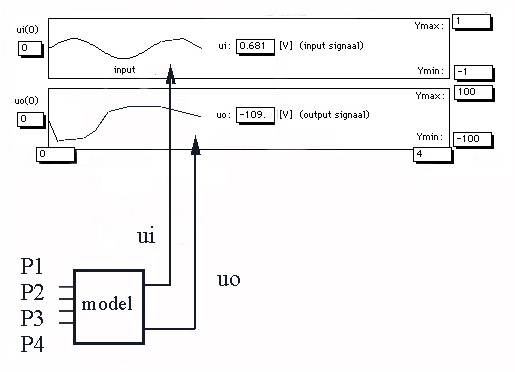
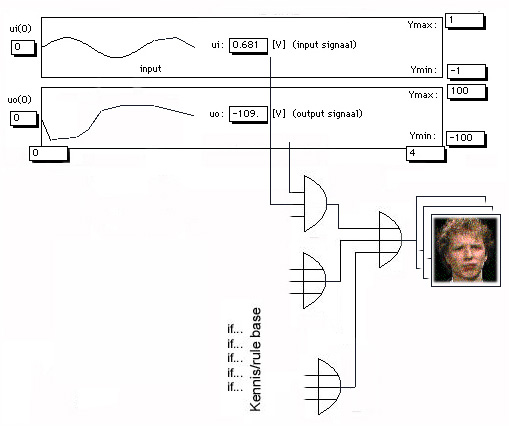

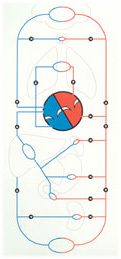
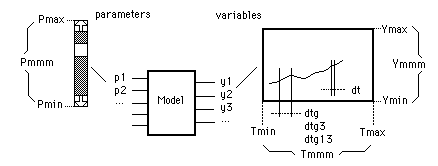


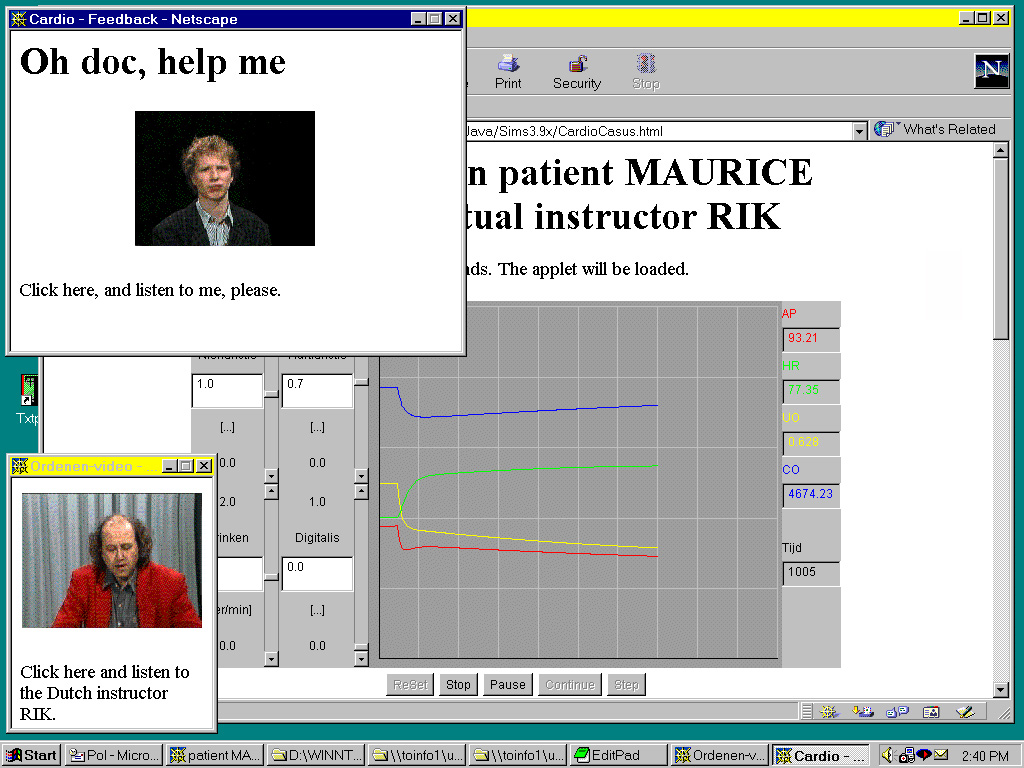


 2
2 

The PI-theory in four points: So far it is assumed that the usefulness of parallelism in open do environments is due to:
If you don't give attention to this points or this theory in the design of your multimedial, hypermedial, web-based software product, your product will failed.



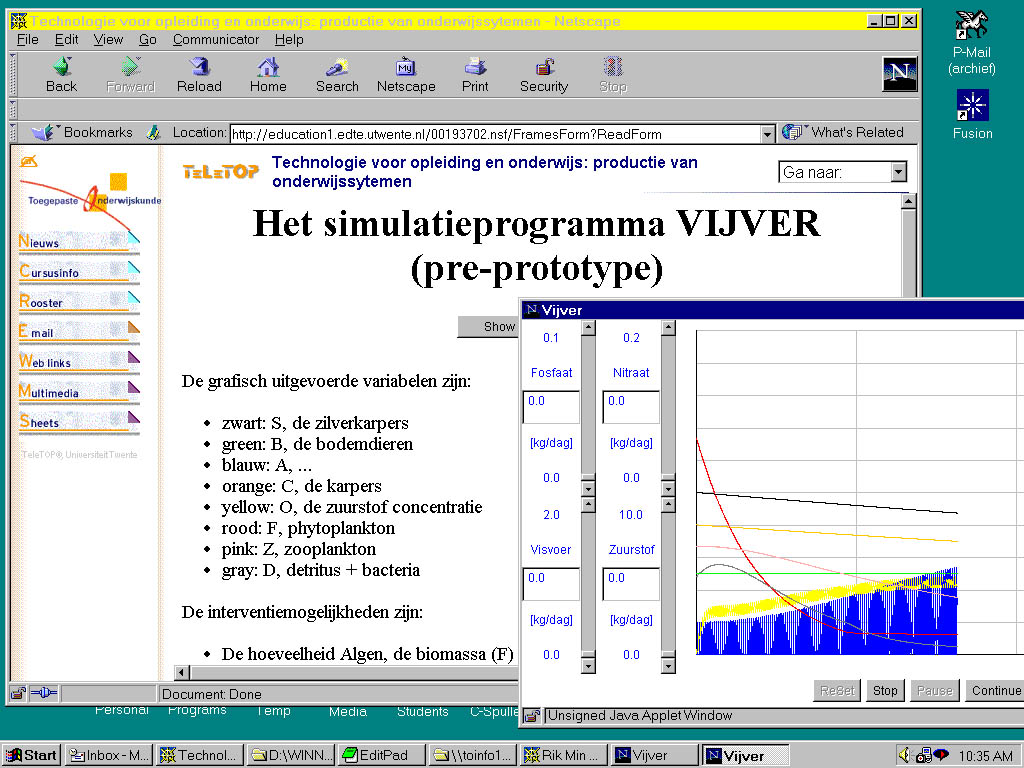
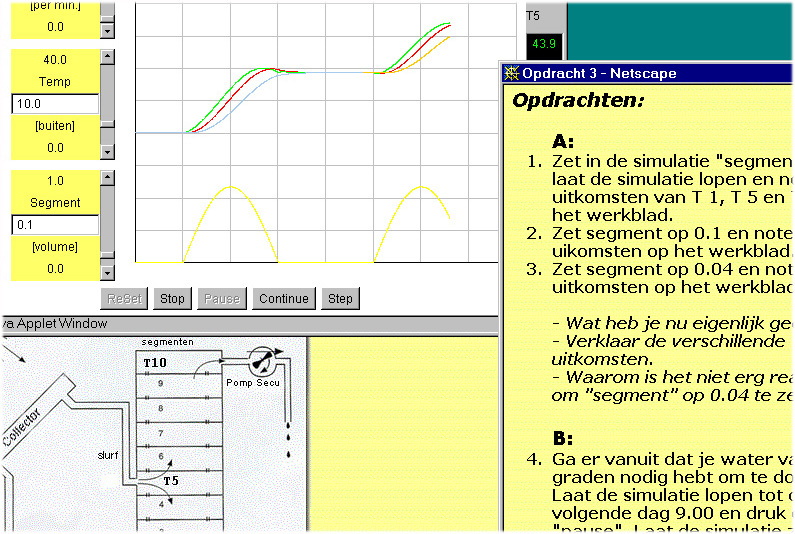
Enschede: Erfurt, june 27, 2002.